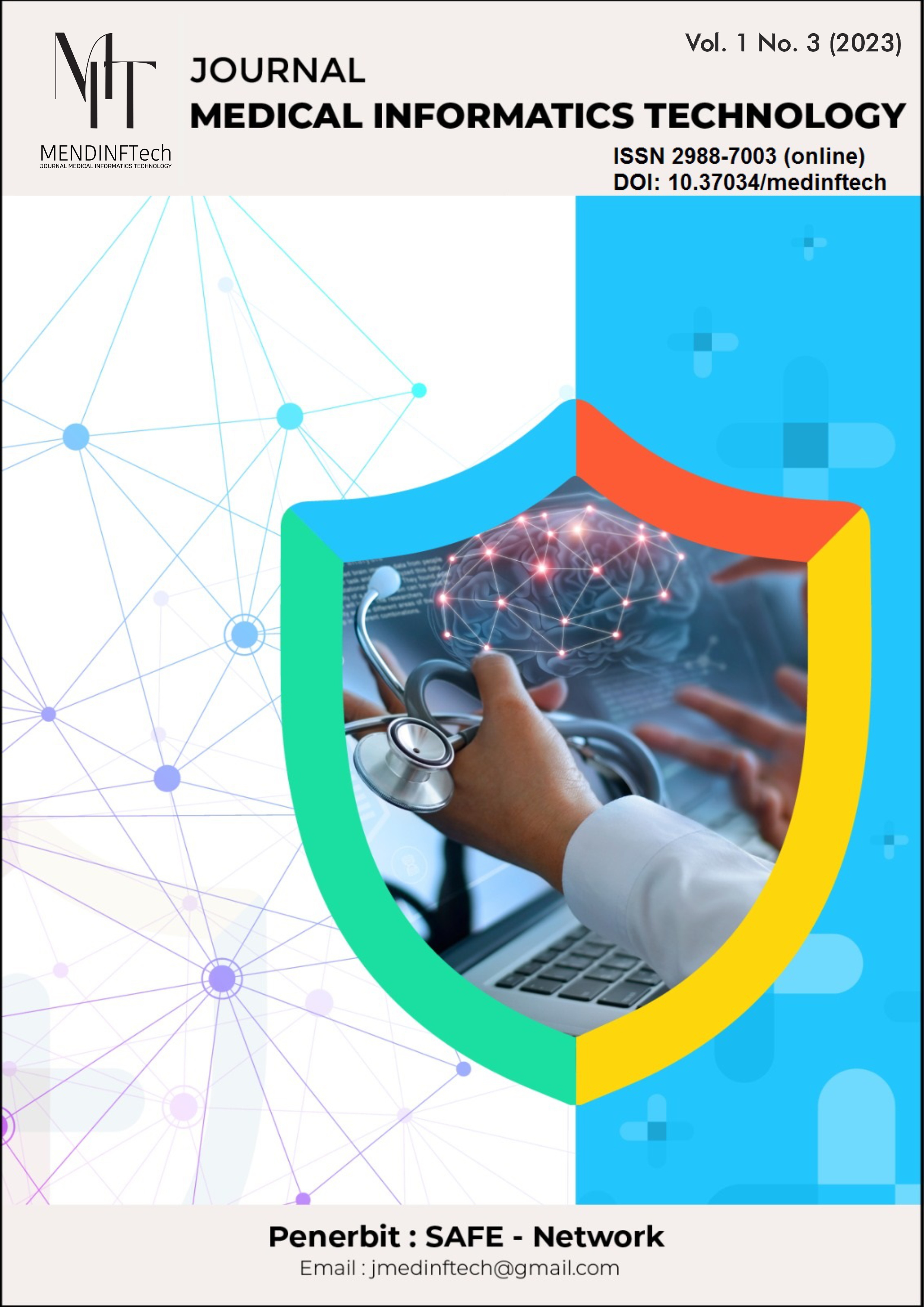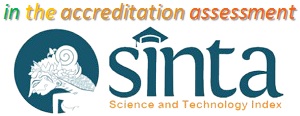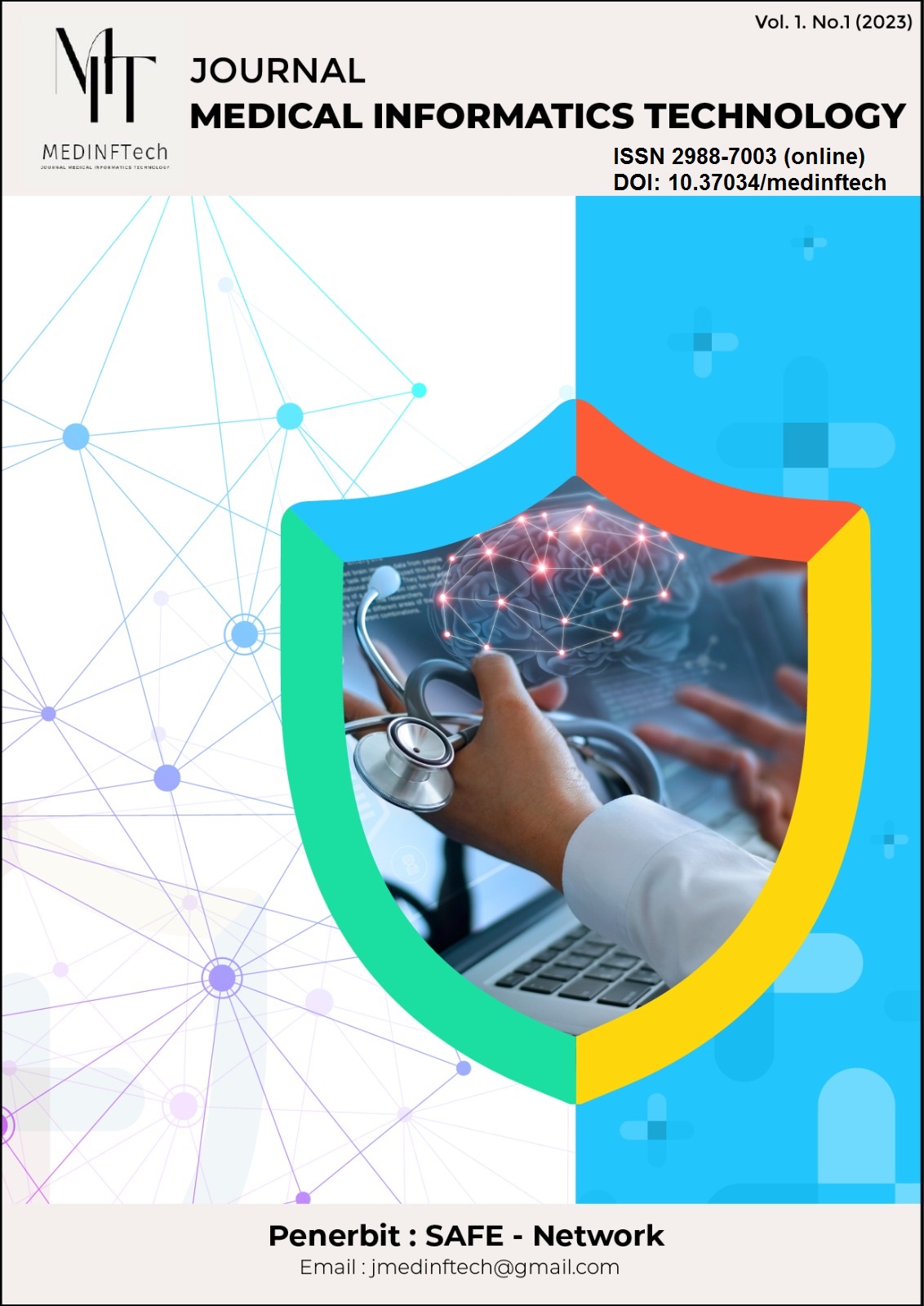Optimization of The Machine Learning Approach using Optuna in Heart Disease Prediction
DOI:
https://doi.org/10.37034/medinftech.v1i3.15Keywords:
Heart Disease, Machine Learning, Aproach, Predicting, OptunaAbstract
Heart disease prediction is a critical area in healthcare, as early identification and accurate assessment of cardiovascular risks can lead to improved patient outcomes. This study explores the application of machine learning techniques for predicting heart disease. Various data attributes, including medical history, clinical measurements, and lifestyle factors, are utilized to develop predictive models. A comprehensive analysis of different machine learning algorithms is conducted to determine their efficacy in classification tasks. The dataset used for experimentation is sourced from a diverse patient population, enhancing the generalizability of the findings. Through rigorous evaluation and validation, the study aims to identify the most suitable machine learning approach for effectively predicting heart disease. The results highlight the potential of machine learning as a valuable tool in assisting healthcare professionals in making informed decisions and providing personalized care to individuals at risk of heart disease
Downloads
References
D. Chicco and G. Jurman, “Machine learning can predict survival of patients with heart failure from serum creatinine and ejection fraction alone,” BMC Med Inform Decis Mak, vol. 20, no. 1, Feb. 2020, doi: 10.1186/s12911-020-1023-5.
World Health Organization, “Cardiovascular diseases (CVDs),” https://www.who.int/news-room/fact-sheets/detail/cardiovascular-diseases-(cvds).
L. and B. I. National Heart, “What Is Heart Failure, 2022,” https://www.nhlbi.nih.gov/health/heart-failure.
Stuart J. Pocock et al., “Predicting survival in heart failure: a risk scorebased on 39 372 patients from 30 studies,” Eur Heart J, vol. 34, no. 19, pp. 1391–1392, May 2013, doi: 10.1093/eurheartj/ehs363.
P. C. Austin, J. V. Tu, J. E. Ho, D. Levy, and D. S. Lee, “Using methods from the data-mining and machine-learning literature for disease classification and prediction: A case study examining classification of heart failure subtypes,” J Clin Epidemiol, vol. 66, no. 4, pp. 398–407, Apr. 2013, doi: 10.1016/j.jclinepi.2012.11.008.
S. A. Hunt et al., “2009 Focused Update Incorporated Into the ACC/AHA 2005 Guidelines for the Diagnosis and Management of Heart Failure in Adults. A Report of the American College of Cardiology Foundation/American Heart Association Task Force on Practice Guidelines Developed in Collaboration With the International Society for Heart and Lung Transplantation,” Journal of the American College of Cardiology, vol. 53, no. 15. Elsevier USA, Apr. 14, 2009. doi: 10.1016/j.jacc.2008.11.013.
D. S. Lee et al., “Relation of disease pathogenesis and risk factors to heart failure with preserved or reduced ejection fraction: Insights from the framingham heart study of the national heart, lung, and blood institute,” Circulation, vol. 119, no. 24, pp. 3070–3077, Jun. 2009, doi: 10.1161/CIRCULATIONAHA.108.815944.
P. Srinivas and R. Katarya, “44 hyOPTXg: OPTUNA hyper-parameter optimization framework for predicting cardiovascular disease using XGBoost,” Biomed Signal Process Control, vol. 73, Mar. 2022, doi: 10.1016/j.bspc.2021.103456.
A. Nugroho and H. Suhartanto, “17_1 Hyper-Parameter Tuning based on Random Search for DenseNet Optimization,” in 7th International Conference on Information Technology, Computer, and Electrical Engineering, ICITACEE 2020 - Proceedings, Institute of Electrical and Electronics Engineers Inc., Sep. 2020, pp. 96–99. doi: 10.1109/ICITACEE50144.2020.9239164.
M.M. Raihan et al., “Chronic renal disease prediction using clinical data and different ML techniques,” in 2nd International Informatics and Software Engineering Conference, IISEC, 2021.
E. C. Zabor, C. A. Reddy, R. D. Tendulkar, and S. Patil, “Logistic Regression in Clinical Studies,” Int J Radiat Oncol Biol Phys, vol. 112, no. 2, pp. 271–277, Feb. 2022, doi: 10.1016/j.ijrobp.2021.08.007.
W. Xing and Y. Bei, “Medical Health Big Data Classification Based on KNN Classification Algorithm,” IEEE Access, vol. 8, pp. 28808–28819, 2020, doi: 10.1109/ACCESS.2019.2955754..









